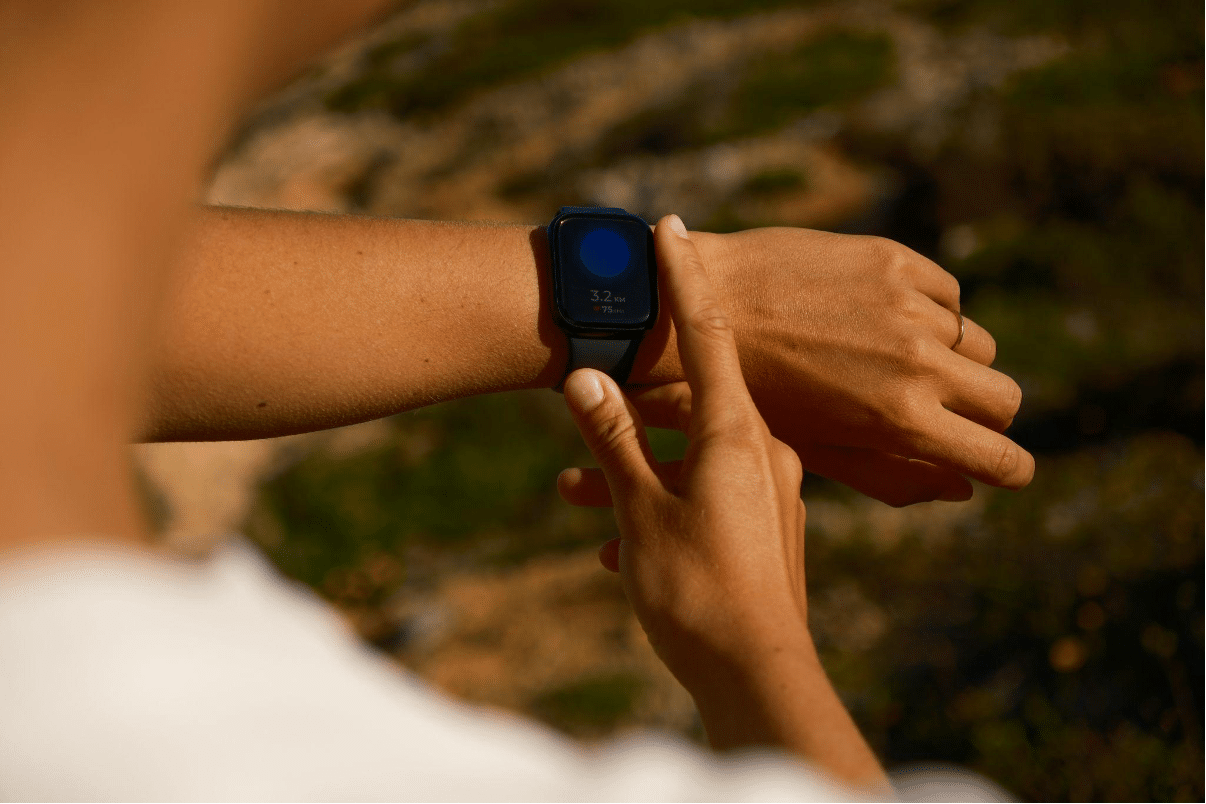Achieving fitness goals today isn’t just about willpower and discipline—it’s also about having the right tools. In a world where data drives decisions and personalization leads to progress, tech is becoming an essential part of men’s wellness routines. From intuitive fitness apps to smart workout gear, technology is revolutionizing how we move, monitor, and recover.
Among the most popular innovations are smart watches for men, which have evolved far beyond simple step counters. Today’s devices offer integrated health tracking, stress management features, sleep analysis, and workout coaching, helping users build smarter habits and stay motivated.
As more men take proactive control of their health, smart fitness technology is stepping in as a reliable, real-time companion—offering tailored insights, accountability, and structure. Let’s dive into how these tools are redefining fitness for the modern man.
Real-Time Feedback: From Passive Activity to Active Awareness
One of the biggest shifts smart devices have introduced is the ability to understand your body in real time. Gone are the days of “feeling like” you had a good workout. Today, wearable technology allows you to know—instantly—how your body is responding.
Modern smartwatches offer:
- Heart rate monitoring during workouts and rest
- Heart rate zone feedback, helping you target fat burn, cardio, or peak performance
- VO2 max estimates, giving insights into cardiovascular health
- Respiratory rate tracking to assess stress and exertion levels
- Body temperature sensors for recovery and illness detection
With this data, users can adjust training intensity on the fly. Are you overtraining? Is your body too fatigued to push today? These answers are no longer guesswork—they’re measured and visible on your wrist.
This feedback not only helps prevent injury but also maximizes the effectiveness of each session.
Personalization and Goal-Oriented Training Plans

Another major benefit of fitness tech is tailored coaching. Whether you’re training for your first 10K, trying to lose weight, or working on muscle growth, smart devices and connected apps can help set realistic, evolving goals—and guide you through them.
Key personalization features include:
- Adaptive training programs based on progress and biometric data
- Daily fitness readiness scores that suggest when to push harder or rest
- Customized calorie burn goals using your metabolic rate and activity level
- Nutrition integration through platforms like MyFitnessPal
This level of personalization removes the guesswork and eliminates cookie-cutter routines. Your plan grows with you.
Many smartwatches also provide on-screen workouts, which adapt based on your goals, available equipment, and time. Whether you’re at the gym, in a hotel room, or working out at home, your personal coach is just a tap away.
Stress, Sleep, and Recovery: The Overlooked Pillars of Fitness
Fitness isn’t only about moving more—it’s also about recovering better. And here’s where smart devices truly shine. By monitoring indicators like heart rate variability (HRV), breathing patterns, and sleep stages, wearables can help users manage recovery just as seriously as they manage training.
Sleep tech, in particular, has advanced dramatically:
- Smartwatches can track light, deep, and REM sleep phases
- Some devices provide smart wake-up alarms triggered at optimal moments
- Long-term sleep tracking reveals patterns linked to fatigue and performance
- Some wearables recommend wind-down routines based on stress levels
According to the Centers for Disease Control and Prevention (CDC), adults who consistently get poor sleep are at higher risk of obesity, cardiovascular disease, depression, and reduced immune function. Smart technology gives users clear visibility into their sleep hygiene and offers actionable tips to improve it.
Stress tracking is another feature growing in importance. Many devices now assess:
- Breathing irregularities
- Elevated resting heart rate
- Decreased HRV (a sign of chronic stress or illness)
They respond with features like guided breathing exercises, haptic alerts, or reminders to take breaks, helping to reinforce mindful living—especially for men balancing high-performance careers with personal health.
Long-Term Motivation and Consistency
Let’s be honest—staying consistent is often harder than starting. This is where fitness tech becomes not just helpful but essential. Devices use behavioral nudges to build lasting habits, turning one-time efforts into routines.
Popular motivational features include:
- Daily movement goals with visible progress bars
- Streak tracking and milestone celebrations
- Friendly challenges with others via fitness communities
- Positive reinforcement with badges and vibrations when goals are met
These gamification strategies—borrowed from app design and psychology—are especially effective for men who enjoy competition, measurable benchmarks, or even casual accountability from friends.
Additionally, monthly reports give users an overview of progress across all areas: workouts, sleep, stress, heart health, and more. These insights help users reflect and adjust, creating a feedback loop that reinforces progress.
More Than Just Fitness: Whole-Life Integration

Today’s fitness devices do more than just support your workouts. They integrate seamlessly into the rest of your day—and even your wardrobe.
Most smart watches are now designed to be worn 24/7. With interchangeable bands and sleek watch faces, they move easily from gym to office to night out. Meanwhile, features like:
- Smart notifications (texts, calls, emails)
- Calendar alerts
- Payment via NFC
- Weather and navigation
make them genuinely useful in daily life—not just during workouts.
For busy men trying to juggle professional, personal, and health-related responsibilities, this kind of multi-functionality makes fitness easier to maintain.
The Future of Fitness is Smart and Sustainable
Looking ahead, smart fitness technology is only going to get more advanced. Features already being developed include:
- Blood pressure monitoring from the wrist
- Non-invasive glucose tracking
- AI-powered coaching based on your unique biometrics
- Real-time injury risk detection through gait analysis and joint strain sensors
And with growing integration across platforms—think your smartwatch syncing with your smart bed, scale, or even your fridge—it’s clear that fitness will no longer be a separate activity. It will be interwoven into daily life.
The key is choosing tools that fit your lifestyle and actually enhance it.
Fitness tech has transitioned from a “nice-to-have” to a game-changer for men’s health. By offering real-time feedback, personalized programs, and built-in accountability, smart devices help users train smarter, recover faster, and stay consistent—even when life gets busy.
From wearables to smart home integrations, the ecosystem of health tech is growing—and the tools are more accessible, stylish, and impactful than ever before.
So whether you’re looking to run farther, sleep better, stress less, or simply feel more in control of your wellness, it might be time to start by glancing at your wrist.

